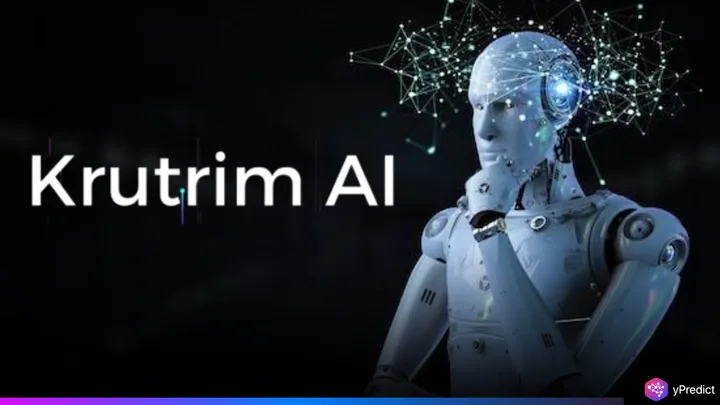
Krutrim, the AI start-up founded by Ola’s Bhavish Aggarwal, has acquired BharatSah’AI’yak, a platform built by Samagra to support public sector transformation. The deal, announced this week, strengthens Krutrim’s position as a rising force in India’s digital governance space. BharatSah’AI’yak has already been deployed in key government services, from education to agriculture, making it a natural fit for Krutrim’s expansion strategy. While financial terms were not shared, the acquisition includes the platform and Samagra’s core AI team.
Krutrim plans to integrate BharatSah’AI’yak into its growing ecosystem, powered by proprietary large language models, cloud services, and agentic AI capabilities. These include its recently launched AI assistant app, Kruti. Experts say the deal underlines a shift in India’s public digital infrastructure, with homegrown AI solutions now taking center stage. “The move is about scale, inclusivity, and impact,” a Krutrim spokesperson said. “We want AI to reflect Indian realities, linguistically and culturally.”
A Vernacular AI Platform Built for Public Use
BharatSah’AI’yak is designed to make AI accessible in India’s many languages and social settings. Built by governance advisory firm Samagra, the platform uses Retrieval Augmented Generation (RAG) to create AI assistants that understand regional context and answer in natural language.
These assistants don’t just rely on pre-trained models. They use voice and text, pull verified government data, and respond in real time. One standout use is KumbhSah’AI’yak, a chatbot made for Maha Kumbh 2025, which helps pilgrims with rituals, routes, lodging, and local attractions.
Another is AMA Krushi, a voice-first assistant for farmers in Odisha. It gives up-to-date advice on crops and access to government schemes in local dialects. Krutrim provided the open-source LLMs powering these assistants. With this acquisition, it now owns the full stack, from infrastructure to delivery. “This integration enhances our ability to build AI that is inclusive and intuitive,” the company said.
AI for Millions, but Scaling Won’t Be Simple
Krutrim’s AI assistant app, Kruti, launched recently with a bold promise: to move from passive replies to proactive help. The app handles tasks like food ordering, cab bookings, bill payments, and even image generation, all through voice or text commands. Now, with BharatSah’AI’yak folded into its framework, Krutrim aims to extend this agentic approach to government services. That means more farmers, citizens, and civil servants could get tailored support quickly and in their own language.
But challenges remain. Scaling vernacular AI nationwide means addressing tech infrastructure gaps and keeping systems updated with verified information. Onboarding government agencies, ensuring security, and training staff are also major hurdles. Still, the upside is significant. By merging Kruti’s agentic design with BharatSah’AI’yak’s field-tested tools, Krutrim could create AI experiences that truly serve India’s scale and diversity. “We’re building for Bharat,” the spokesperson added, “not just for urban users.”
A New Era for Homegrown Public Sector AI
The BharatSah’AI’yak acquisition signals a new phase for Krutrim, and possibly, for India’s public tech future. With its own cloud platform, LLMs, and now proven use cases, Krutrim is better placed to help digitize citizen services. The company’s recent Rs 2,000 crore investment and its planned Rs 10,000 crore infusion next year show how serious it is about this mission.
Kruti’s agentic AI capabilities could soon become a backbone for citizen-facing services, particularly in underserved regions. By linking innovation with local context, Krutrim is not just competing in AI; it is setting a blueprint for how emerging economies can lead in building inclusive, useful, and scalable tech.






